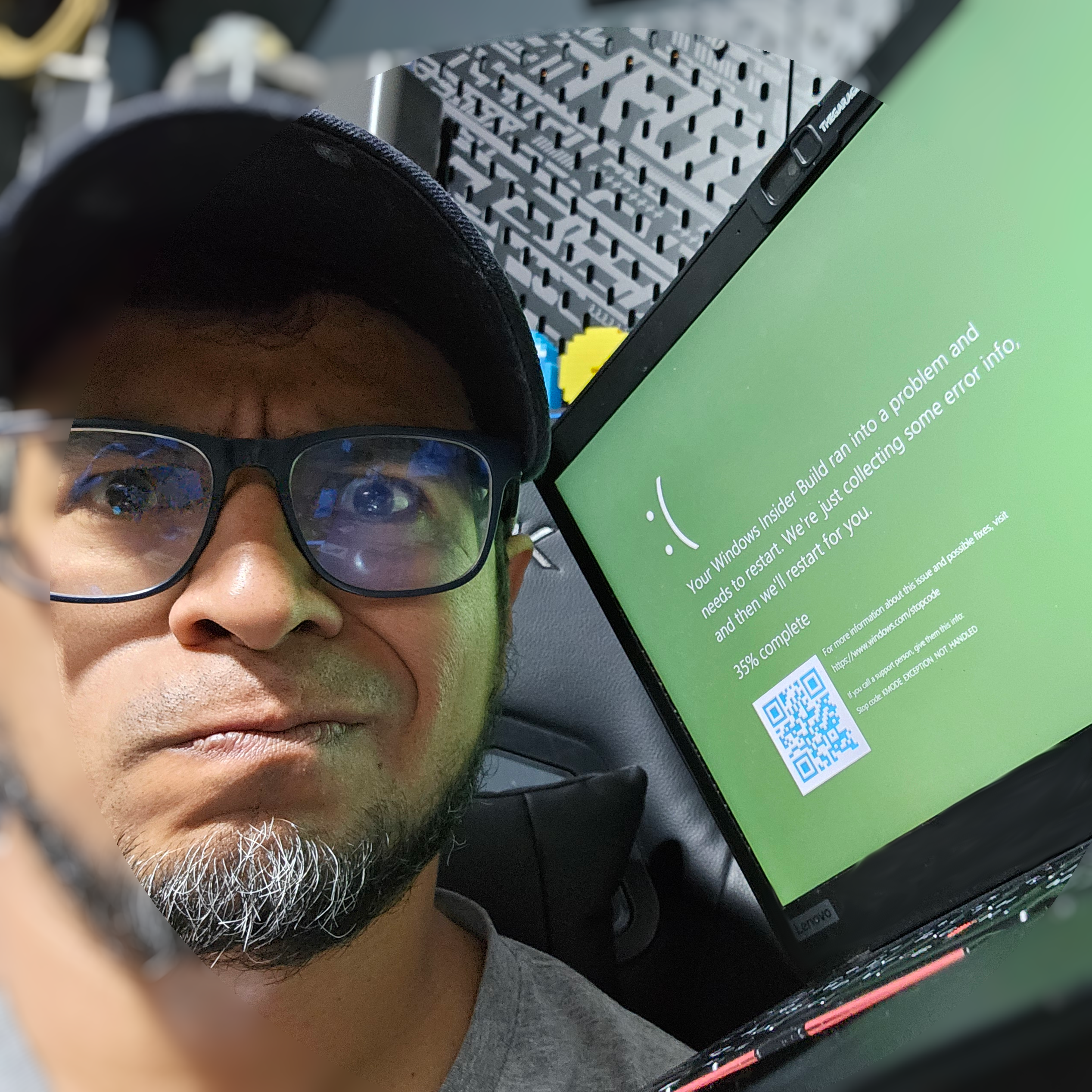
There is a video version of this post in my YouTube Channel.
So we have our boilerplate app, and we are ready to start adding fun stuff. If you do not have that, check the part 1 of this series.
We will start by making sure we have Semantic.Kernel in our usings:
using Microsoft.SemanticKernel; Now we will configure the “Kernel”, which as the name says is the heart of SK (Semantic Kernel). We will add this to our services configuration helper method:

I’ll keep this short and sweet since there’s already gazillions of information about Large Language Models (LLMs) and artificial intelligence (AI), and I doubt I’ll contribute anything novel to the discussion. This post aims to put in words this interlude video about LLMs and AI before adding the magic AI bits into our app.
I will argue two things: 1) LLMs are a form of artificial intelligence, 2) They represent a rather limited form of intelligence that requires constant supervision. Following this, I’ll include a link on how to install these models locally.

If you prefer video, there is a YouTube version of this blog-post.
Since the release of LLMs, I have been extremely enthusiastic about exploring such a fun tool to play with. I won’t delve into discussions about how transformative it is or will be, but rather focus on the enjoyable aspect of using this technology.
In the broader context of ML/AI and data science, Python stands out as the most commonly used programming language. Despite my open-source enthusiasm, I have always found C# to be remarkable. With the introduction of Mono.NET and later dotnet core, I have happily used it in Linux environments. It’s no surprise that when working on projects related to ML/AI, C# and .NET are my preferred choices.


